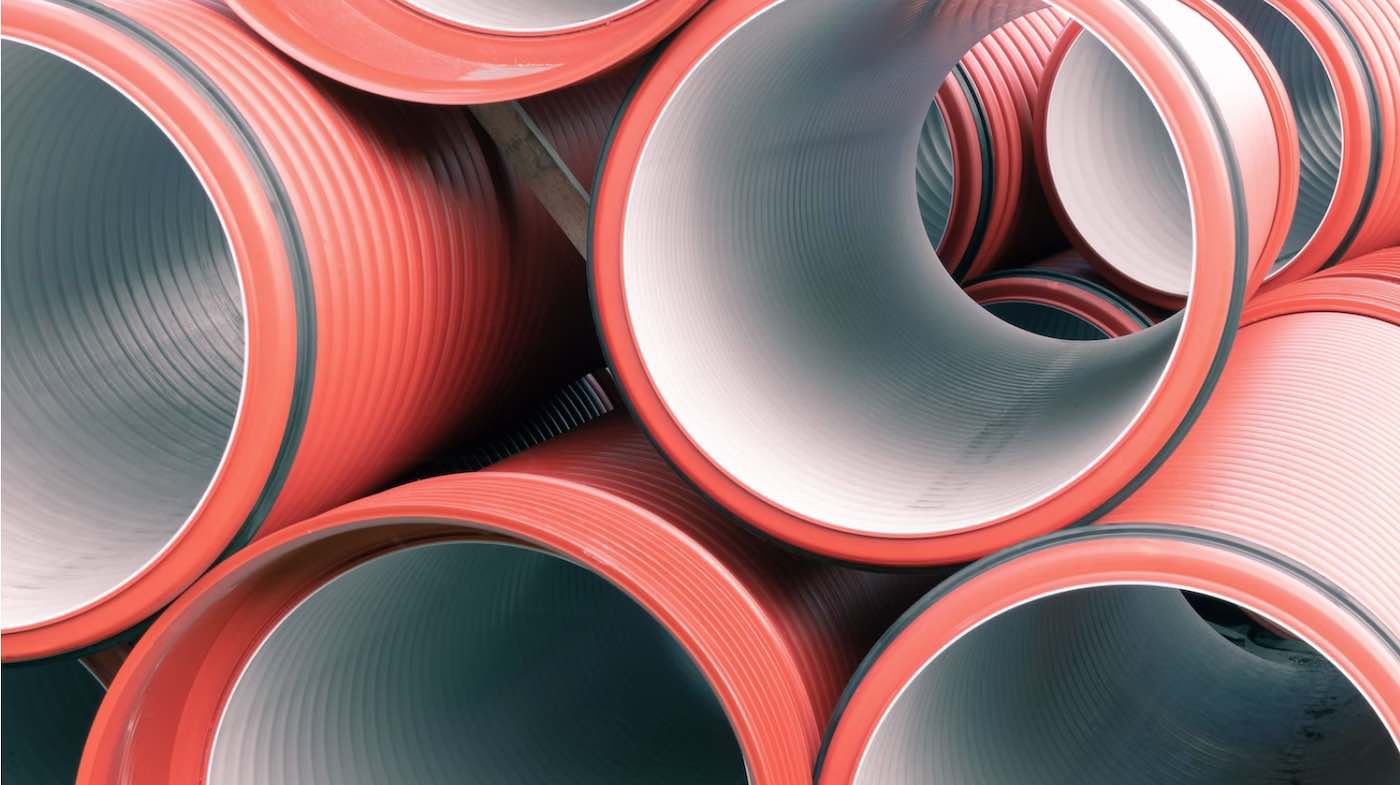Pipes a million times thinner than a human hair could deliver personalized therapies to individual cells, according to new research.
The ‘world’s tiniest plumbing system’ could transform medicine by funneling drugs, proteins, or molecules to precisely targeted organs and tissue—without any risk of side-effects.
It comprises microscopic tubes that self-assemble and can connect themselves to different biostructures.
US scientists from Johns Hopkins University in Maryland engineered a way that ensured the pipes are safe from infinitesimally small leaks.
“This study suggests very strongly it’s feasible to build nanotubes that don’t leak using these easy techniques for self-assembly, where we mix molecules in a solution and just let them form the structure we want,” said co-author Professor Rebecca Schulman.
“In our case, we can also attach these tubes to different endpoints to form something like plumbing.”
It’s a significant step toward creating the first network of its kind to combat a host of life-threatening diseases.
CHECK OUT: Honey Could Help to Clear Deadly Bacteria Which Cause Cystic Fibrosis
The team worked with tubes two million times smaller than an ant and a few microns long—equivalent to a dust particle.
They grew and repaired the tubes, enabling them to find and connect to specific cells. It is similar to an established technique that repurposes DNA as building blocks.
They make ‘nanopores’ to control the transport of chemicals across lab-grown lipids that mimic a cell’s membrane.
But short fittings alone can’t reach other tubes. The bio-inspired technology described in Science Advances address these sorts of problems.
“Building a long tube from a pore could allow molecules not only to cross the pore of a membrane that held the molecules inside a chamber or cell, but also to direct where those molecules go after leaving the cell,” said Schulman.
“We were able to build tubes extending from pores much longer than those that had been built before that could bring the transport of molecules along nanotube ‘highways’ close to reality.”
RELATED: First Effective Treatment for Back Pain Changes How Brain and Back Communicate
The nanotubes form using DNA strands woven between different double helices. Their structures have small gaps—similar to woven bamboo tubes called Chinese finger traps.
Co-author Yi Li, who published the research in Science Advances, capped the end of a pipe with special DNA ‘corks’ and turned on a faucet to make sure no water leaked out.
She then ran a solution of fluorescent molecules to track leaks and influx rates. The glowing molecules slid down through a chute like water.
“Now we can call this more of a plumbing system, because we’re directing the flow of certain materials or molecules across much longer distances using these channels,” said Li.
“We are able to control when to stop this flow using another DNA structure that very specifically binds to those channels to stop this transport, working as a valve or a plug.”
Researchers could also use the DNA nanotubes to study diseases like cancer, and the functions of the body’s more than 200 types of cells.
Next the team will conduct additional studies with synthetic and real cells, as well as with different types of molecules.
LET The Research Flow on Social Media By Sharing…




















